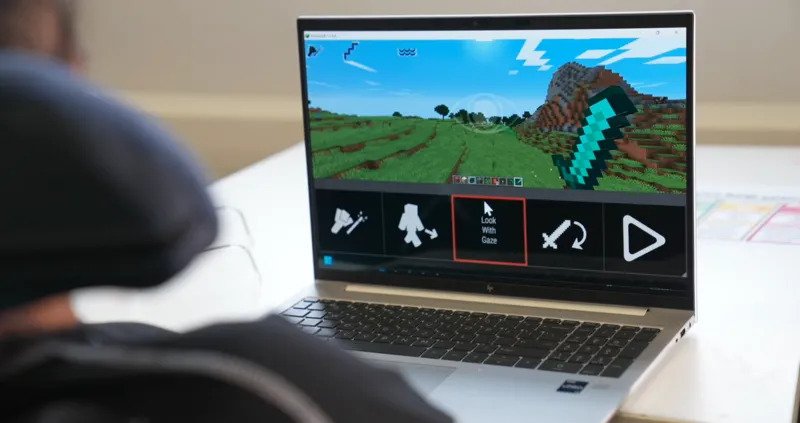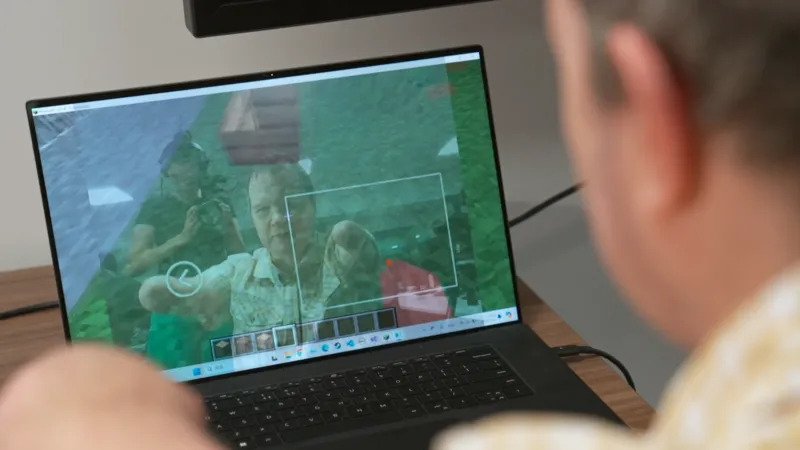The gaming industry has always been at the forefront of technological innovation, continually pushing the boundaries of what’s possible in entertainment and interaction. In recent years, touchless technology such as gesture controls, voice commands, and eye tracking has emerged as a potential game-changer. While this technology promises to enhance the gaming experience, it also raises an important question: Can touchless tech create a more equitable gaming environment?

Understanding Touchless Technology
Touchless technology refers to interfaces and devices that allow users to interact with digital systems without physical contact. In gaming, this can take many forms, from motion-sensing cameras like Microsoft’s Kinect, to voice-activated controls, and even eye-tracking systems that respond to where a player is looking on the screen. These technologies enable more intuitive and natural interactions, breaking away from the traditional reliance on handheld controllers or keyboards.
The Potential for Inclusivity
One of the most significant advantages of touchless technology in gaming is its potential to make gaming more inclusive. Traditional gaming often requires a certain level of dexterity, physical ability, and familiarity with complex control schemes. This can be a barrier for players with disabilities or those who are unfamiliar with gaming.
Touchless technology has the potential to remove these barriers by offering alternative methods of control. For example, a player with limited mobility might find it challenging to use a standard game controller, but they could navigate a game using voice commands or gesture controls. Eye-tracking could allow players to aim and interact with the game world simply by looking at objects on the screen. These innovations could open the door to a more diverse group of gamers, making the gaming community more inclusive and equitable.
Challenges and Limitations
However, while the potential is vast, there are still challenges to overcome. Touchless technology is not without its limitations, particularly when it comes to accessibility and affordability. High-end devices like eye-tracking systems can be expensive, putting them out of reach for many gamers. Furthermore, the effectiveness of touchless technology can vary depending on the environment and individual user. Lighting conditions, background noise, and even physical space can impact the performance of gesture and voice recognition systems.
Moreover, touchless tech may not fully address all the needs of players with disabilities. For instance, voice commands might not be suitable for players with speech impairments, and gesture controls could be difficult for those with limited motor functions. The gaming industry must consider these factors to ensure that touchless technology does not inadvertently create new forms of exclusion.
Equity Beyond Accessibility
Creating an equitable gaming environment goes beyond just accessibility. It also involves ensuring that all players have a fair and enjoyable experience, regardless of their background, abilities, or socioeconomic status. Touchless technology could contribute to this by offering more personalized gaming experiences. AI-driven systems could adjust the difficulty level or game content based on the player’s abilities, creating a more tailored and fair experience for everyone.
Additionally, touchless tech could lead to more diverse game design, encouraging developers to think outside the box and create games that are not only accessible but also appeal to a broader audience. This could foster a gaming culture that is more inclusive and reflective of the diverse world we live in.
The Road Ahead
As touchless technology continues to evolve, it has the potential to reshape the gaming landscape in profound ways. However, realizing its full potential requires a concerted effort from developers, hardware manufacturers, and the broader gaming community. This means not only advancing the technology itself but also ensuring that it is affordable, accessible, and effective for all players.
In conclusion, while touchless tech offers exciting possibilities for creating a more equitable gaming experience, it is not a silver bullet. The journey toward truly inclusive and fair gaming will require ongoing innovation, collaboration, and a commitment to addressing the diverse needs of all players. If these challenges can be met, touchless technology could indeed play a pivotal role in leveling the playing field and making gaming a more inclusive space for everyone.
